Argonne materials scientist Mercouri Kanatzidis received the award for chemistry in materials from the American Chemical Society, the nation’s leading professional society for chemists.
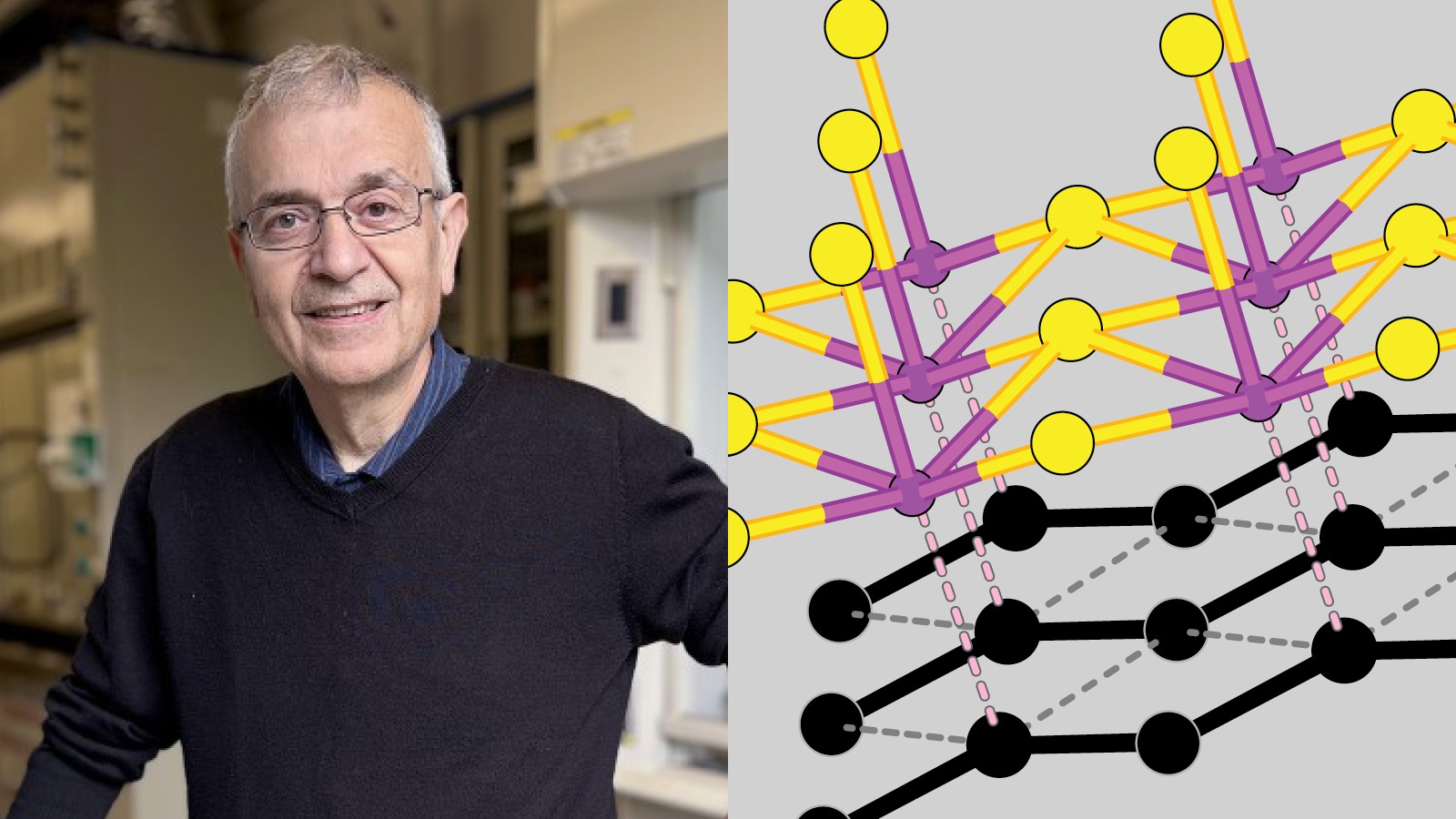
news, journals and articles from all over the world.

Argonne materials scientist Mercouri Kanatzidis received the award for chemistry in materials from the American Chemical Society, the nation’s leading professional society for chemists.
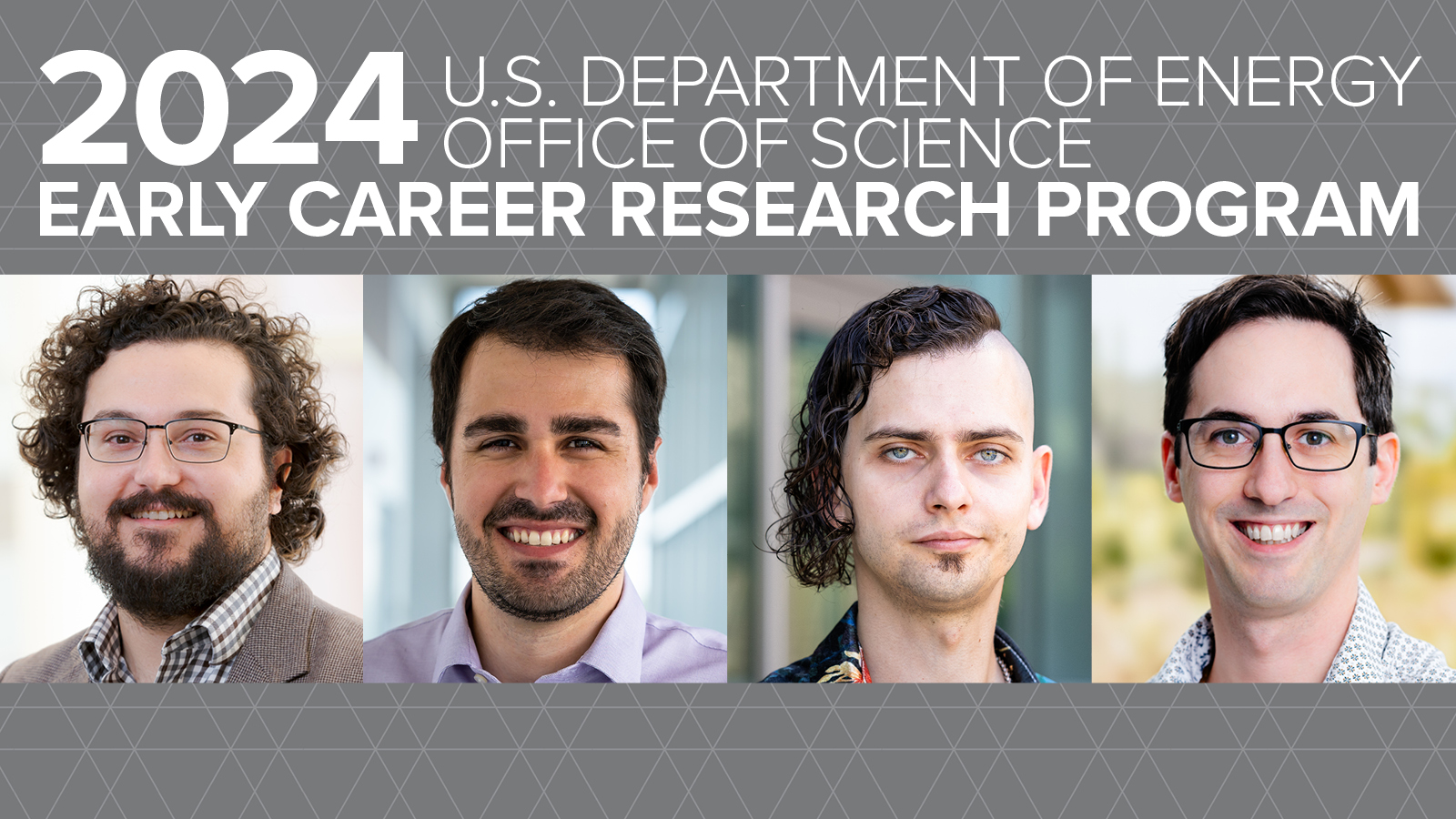
As winners of the 2024 U.S. Department of Energy’s Early Career Research Program, four scientists from Argonne National Laboratory are each receiving an award of $550,000 a year for five years to help them answer complex questions.
Mercouri Kanatzidis, an Argonne and Northwestern University materials scientist, has studied sulfur-containing materials called chalcogenides for more than 30 years. A new chalcogenide mineral has just been named for him.
George Crabtree, director of the Joint Center for Energy Storage Research at Argonne and a professor at the University of Illinois at Chicago, is fondly remembered for his impactful leadership that elevated energy research.
Scientists at the University of Missouri used Argonne’s Advanced Photon Source to identify the structure of a perovskite material grown using chemical vapor deposition, potentially representing a breakthrough for solar cells.
Argonne, along with five other national laboratories and 15 companies, has signed a pledge to double the energy efficiency of microelectronics every two years for 10 generations.

In a newly funded project, Argonne and the University of Illinois Urbana-Champaign will explore coupling magnetism and microwaves. This research will yield new insights that should benefit quantum sensing, data transfer and computing.
Since its founding, Argonne has employed and partnered with innovators whose contributions have dramatically pushed the frontiers of our understanding and improved the world.
The editors of MIT Technology Review have chosen Argonne’s Jie Xu as an Innovator Under 35 for 2021. She is one of only 35 innovators under the age of 35 named to this list. She is being recognized for her research on printable skin-like electronics.
Crystals are wonders of nature and science with important applications in electronics and optics. Scientists from Argonne have new insights into how gallium nitride crystals grow. Gallium nitride crystals are in wide use in light-emitting diodes (LEDs) and may form transistors for high-power switching electronics to make electric grids more energy efficient and smarter.
Researchers at the U.S. Department of Energy’s Argonne National Laboratory have discovered a new way to generate 2D superconductivity at an interface of an insulating oxide material, at a higher transition temperature than ever seen before for these materials.
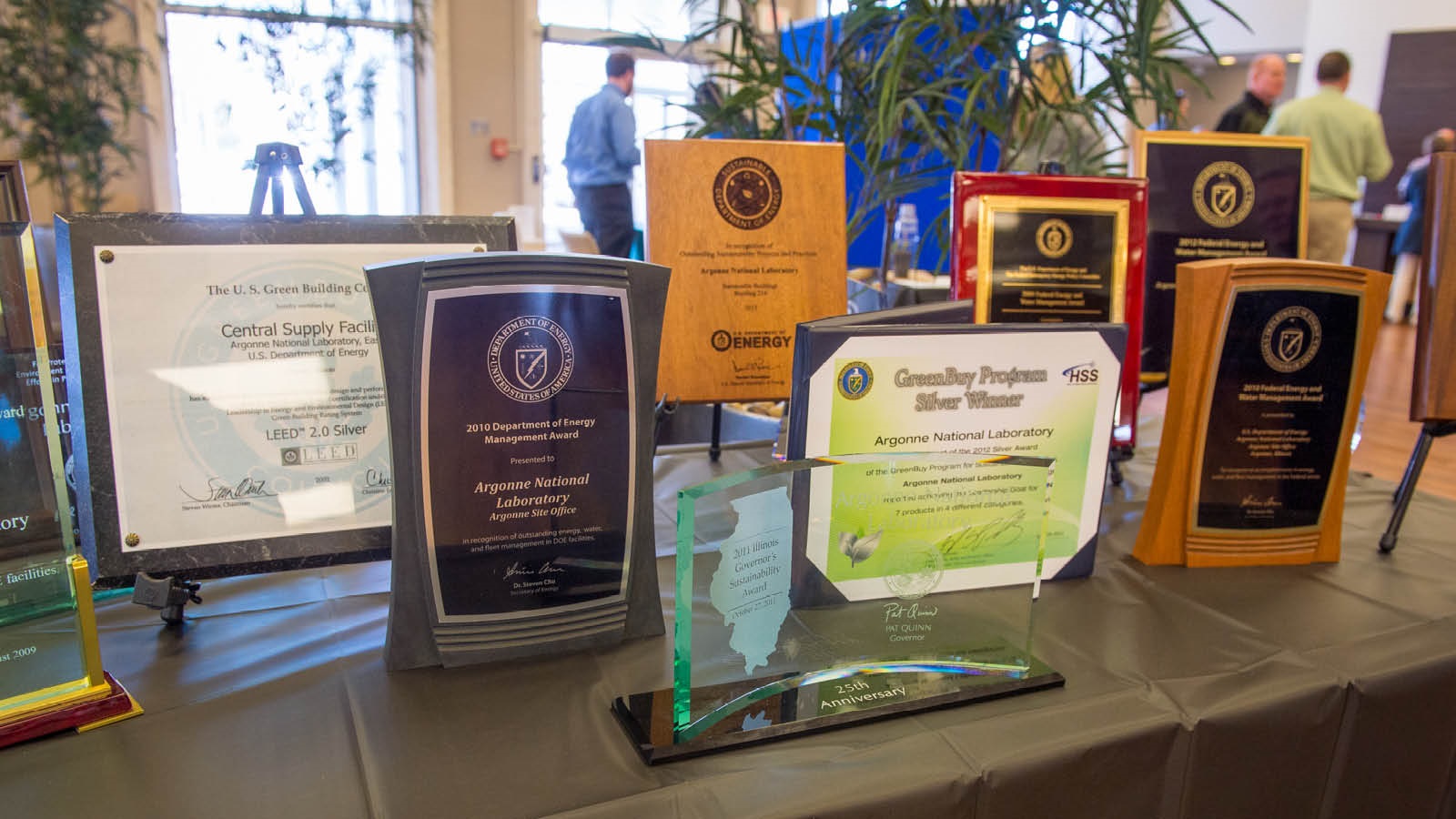
The Department of Energy’s Argonne National Laboratory is proud to welcome five new FY21 Maria Goeppert Mayer Fellows to campus, each chosen for their incredible promise in their respective fields.
A research team led by the Department of Energy’s Lawrence Berkeley National Laboratory (Berkeley Lab) has developed a technique that could lead to new electronic materials that surpass the limitations imposed by Moore’s Law.
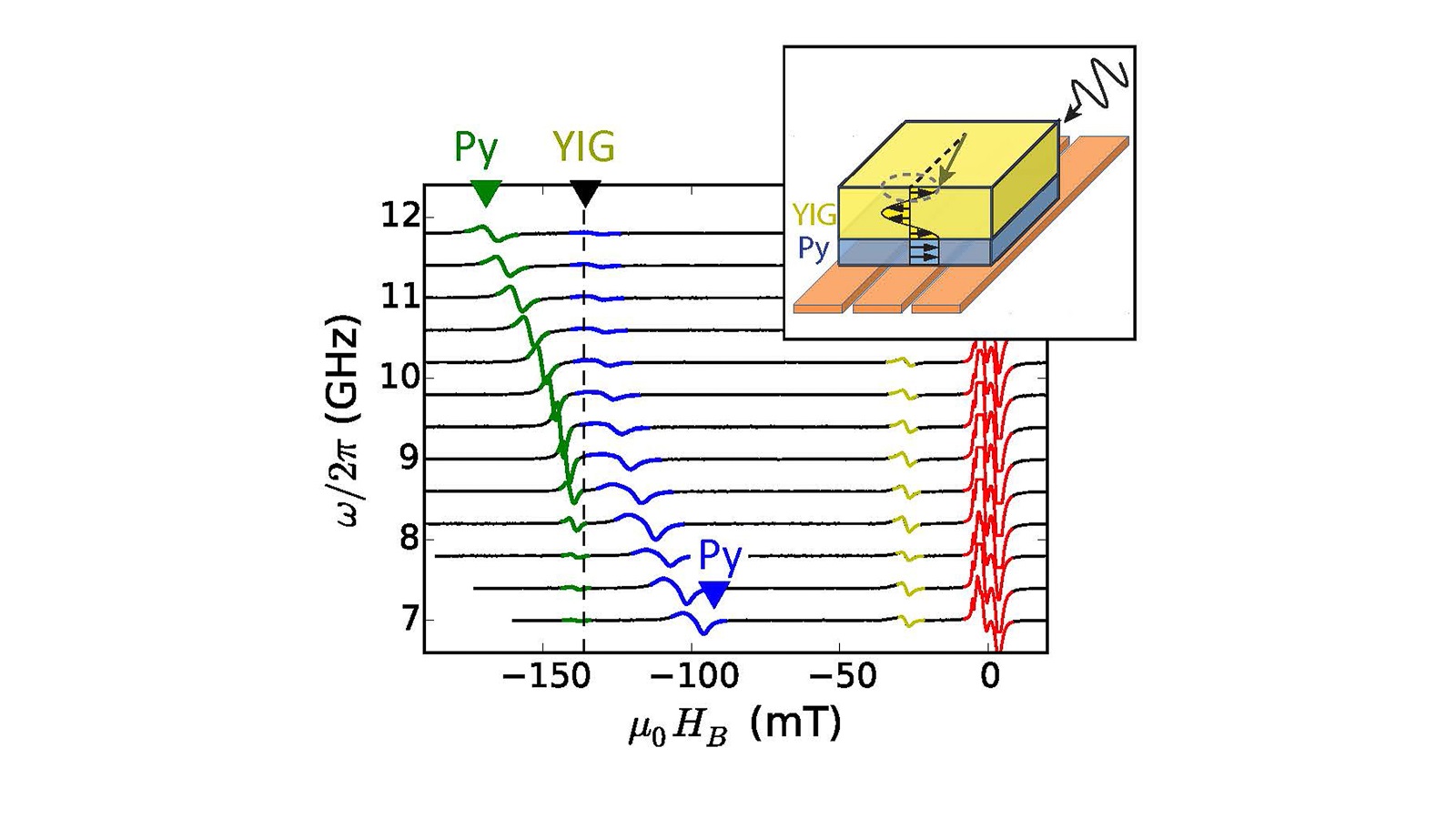
In a new study led by the U.S. Department of Energy’s Argonne National Laboratory, researchers have uncovered a novel way in which the excitations of magnetic spins in two different thin films can be strongly coupled to each other through their common interface.
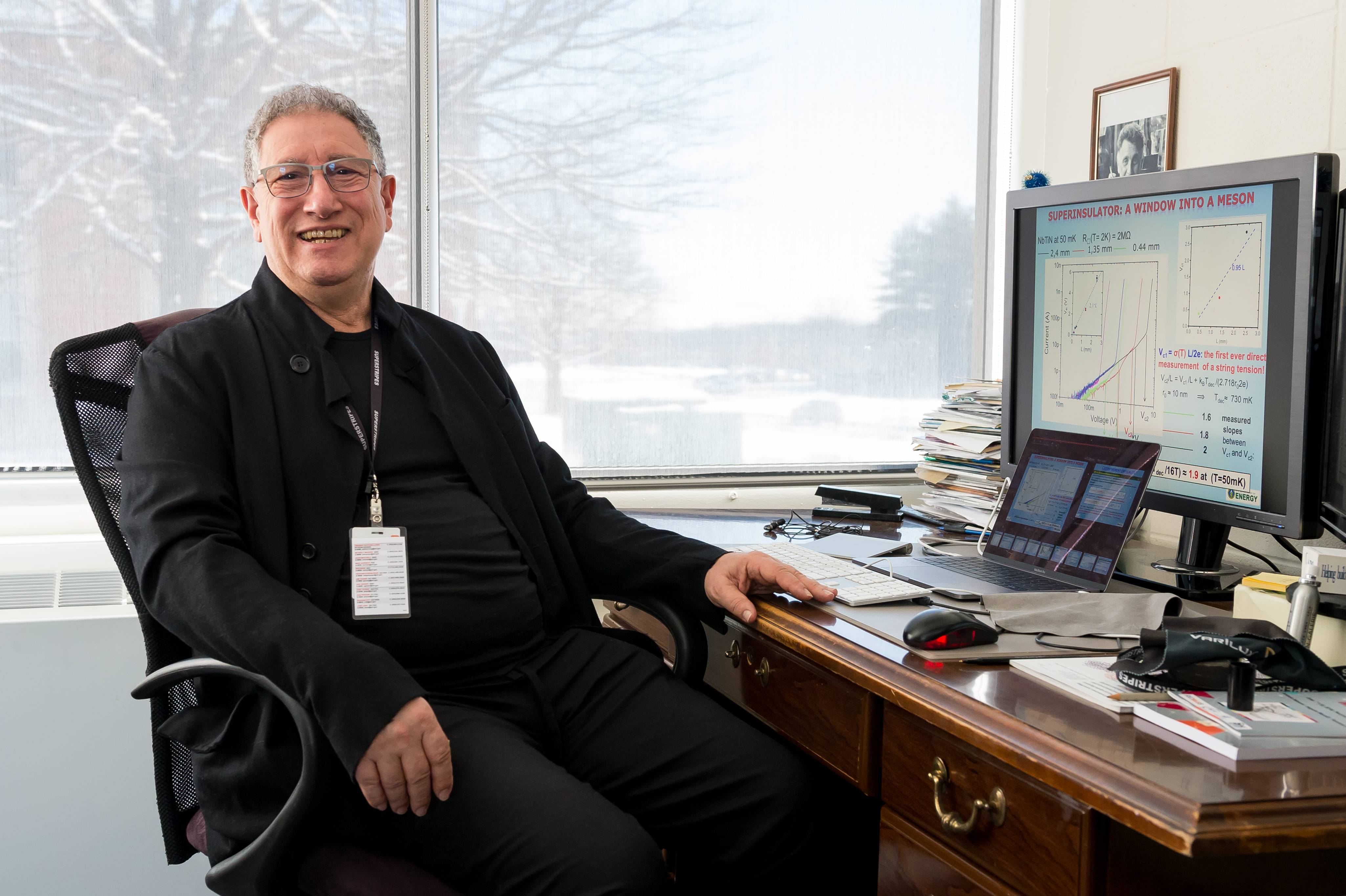
Valerii Vinokur, a senior scientist and distinguished fellow at the U.S. Department of Energy’s (DOE) Argonne National Laboratory, has been awarded the Fritz London Memorial Prize for his work in condensed matter and theoretical physics.
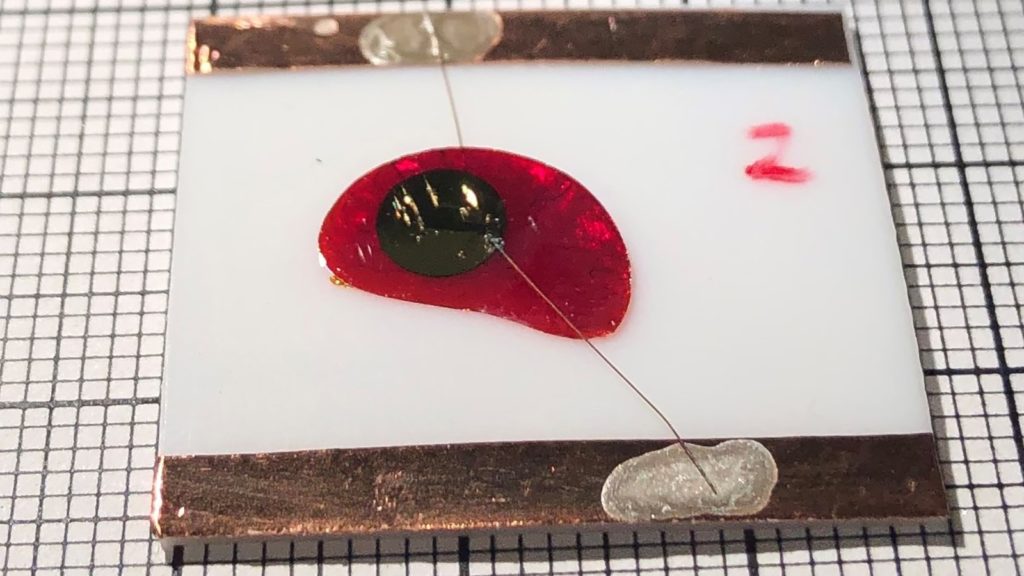
In a new study, scientists have developed a new type of semiconductor neutron detector that boosts detection rates by reducing the number of steps involved in neutron capture and transduction.
Researchers report the most complete model to date concerning the transition from metal to insulator in correlated oxides. These oxides have fascinated scientists because of their many attractive electronic and magnetic properties.
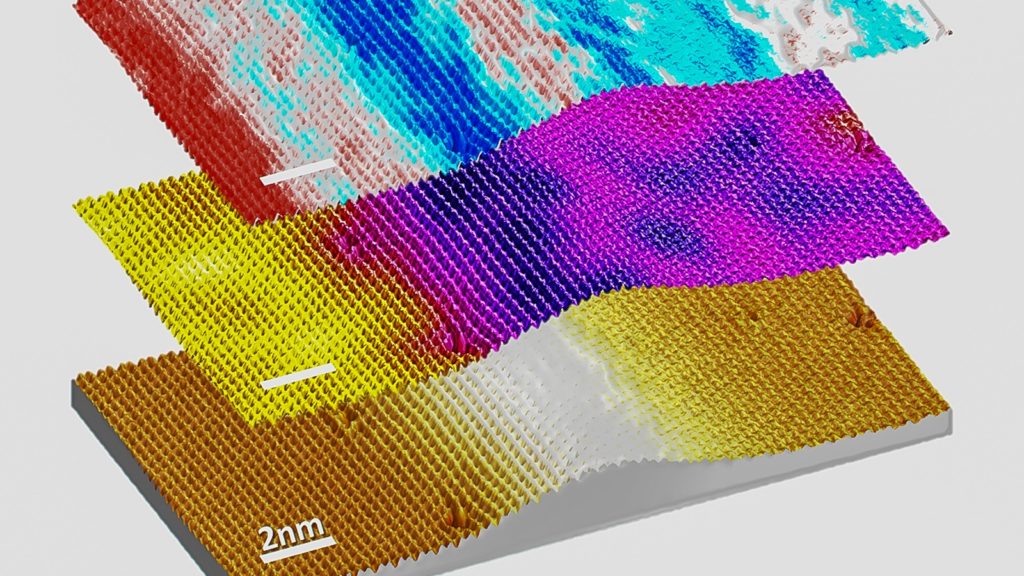
Argonne scientists have discovered an intriguing new behavior in a two-dimensional material at the atomic level as it is stretched and strained, like it would be in an actual flexible device.
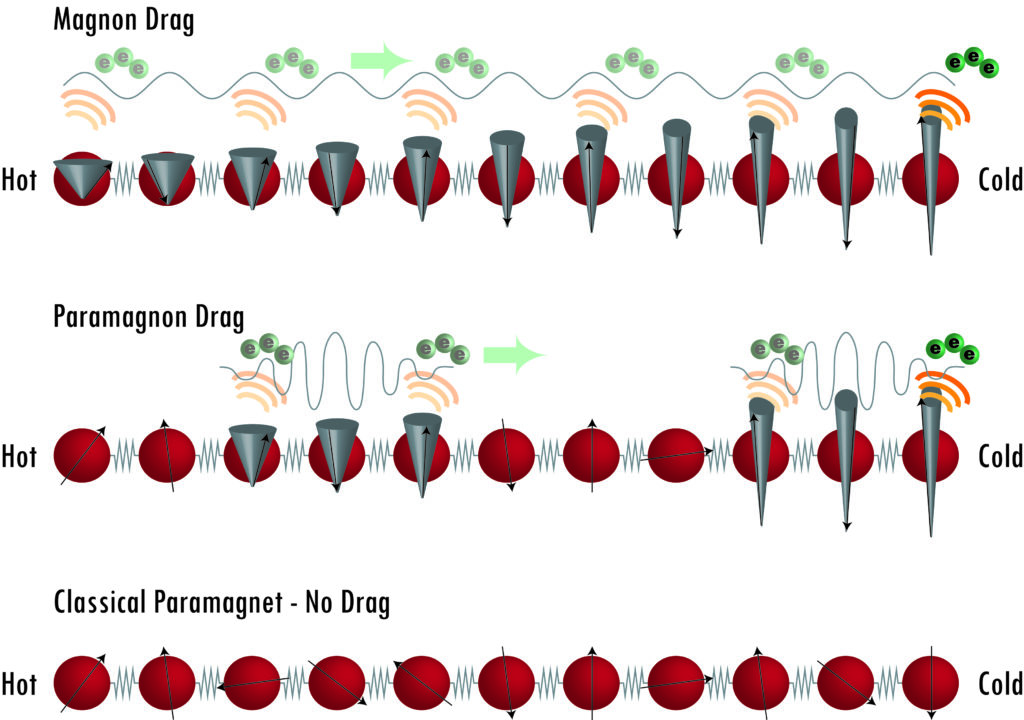
Local thermal perturbations of spins in a solid can convert heat to energy even in a paramagnetic material – where spins weren’t thought to correlate long enough to do so. This effect, “paramagnon drag thermopower,” converts a temperature difference into an electrical voltage.
Through a collaboration with DOE’s Fermi National Accelerator Laboratory, Argonne is supplying the first eight of 116 superconducting cavities that will create a stream of neutrinos for Fermilab’s Deep Underground Neutrino Experiment (DUNE).